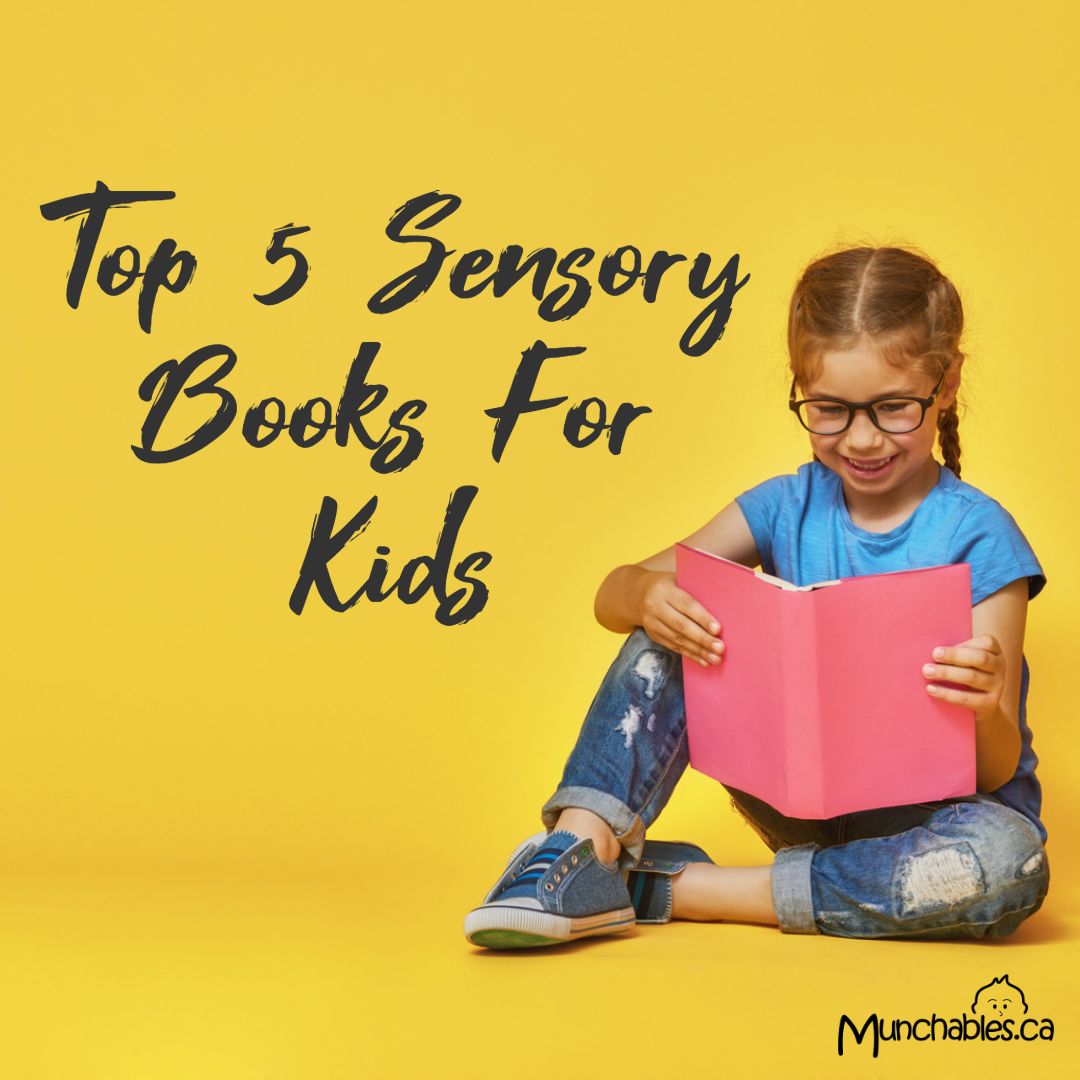
Top 5 Sensory Books For Kids
Looking for books to explain Sensory Processing Disorder to children? Here are our top 5 picks:

1. Listening to My Body: A guide to helping kids understand the connection between their sensations (what the heck are those?) and feelings so that they can get better at figuring out what they need by Gabi Garcia
Big emotions can be overwhelming!
Help your child build on their capacity to engage more mindfully, self-regulate, and develop emotional resilience.
This engaging and interactive book guides children through the practice of naming their feelings and the physical sensations that accompany them.
From wiggly and squirmy to rested and still, Listening to My Body helps children develop a sensations vocabulary so that they can express what they are experiencing.
Includes kid-friendly mindfulness activities woven throughout the book to reinforce the teachings.

2. My Socks by Julie Igel
Do you know a kid who HATES to wear socks?Then you’ll LOVE this book! Parents and kids with sensory challenges will enjoy reading this fun book together. You’ll recognize the struggle and appreciate the surprisingly simple solution.

3. Anger Management Skills Workbook for Kids: 40 Awesome Activities to Help Children Calm Down, Cope, and Regain Control By Amanda Robinson
This is a personal favorite. My 7-year old son and I spent many hours going through the activities in this book and learning skills for reducing frustration and regulating emotions. I highly recommend it!
While some children instinctively know how to regulate their emotions, plenty of others lack the skills they need to express their anger in healthy and effective ways. This warm, engaging workbook helps children ages 5-10 develop strong skills for managing their anger through 40 fun activities.
From identifying their feelings and challenging negative thinking patterns to practicing healthy coping skills when angry feelings arise, kids will learn to feel calmer and more in control--and to form better relationships with family and friends and ease problems at school.

4. I'm Not Weird, I Have Sensory Processing Disorder (SPD) by Chynna T. Laird
This book was inspired by the author's daughter, Jaimie, who struggles with Sensory Processing Disorder (SPD) every day. It was written to validate Jaimie's feelings and to show her other children feel things the way she does. This book can help children with SPD learn how to explain their disorder to others; help peers understand what children with SPD go through; and also help therapists, teachers and/or counselors learn how to talk about it. Helping others learn about children with special needs brings understanding to them and help to make them seem less... different.

5. This is Gabriel: Making Sense of School by Hartley Steiner
This is Gabriel Making Sense of School provides a look into the challenges children with Sensory Processing Disorder (SPD) face in the classroom. This easy-to-read and beautifully illustrated picture book gives teachers, parents, and students a better understanding of all seven senses, how they are each affected at school, and what kinds of accommodations are necessary to help children with SPD become learning sensations!
